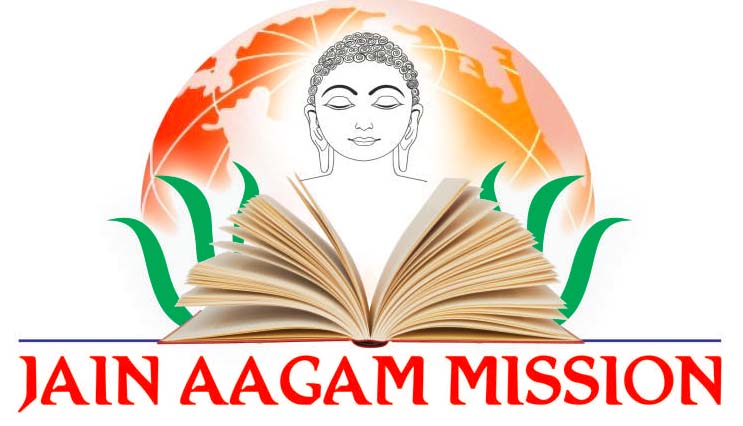
An introduction to the Aagam
Jain religious scriptures are known as the Aagam , the Jains worship the Supreme Lord Tirthankar Bhagwan Mahavir, when a Tirthankar attains omniscience, their preaching are orally compiled by their immediate disciples (Gandhars). These preaching are then scripted by the Gandhars in the form of sutras (text).
These texts are called Aagam – the sacred books of the Jains.
They are broadly categorized in four parts namely:
-
|| Anga Aagam ||
-
|| Upaang Aagam ||
-
|| Mool Aagam ||
-
|| Chhedh Aagam ||
Angsutra
The direct preaching’s of Lord Mahavir are weaved in the form of main texts by the omniscient Gandhars which are called the Ang sutra. There are twelve of these and they are also known as Dwadsangi Ganipitak, the twelvth sutra has been wiped off with time and therefore the present era witnesses only eleven Ang sutra.
Upaang sutra
Just like the fingers and toes form a part of the hands and the legs respectively, which constitute the main parts of the body, the scriptures that were created with the Ang sutra’s as the base or the main body by the highly knowledgeable Acharya Bhagwants are the twelve Upaang sutra.
Moolsutra
The Aagams that reveal the fundamentals of Jainism are the Mool sutras.
Chhedsutra
These are scriptures that were formulated for the conduct of the ascetics. It gives details on the procedure of repentance for sins that they may have committed, there are four Chhed sutras.
Aavashyak Sutra
This is for the four fold Sangh that comprise of the monks, nuns, laymen and laywomen. It guides their daily lives and provides patterns for daily rituals and worship.
Thus based on Tirthankar’s preaching’s the Aagam are further categorized. In summary the shwetambar sthanakvasi’s follow and accept the 32 Aagams, we are highly obliged by Dr. Aarti bai Mahasatiji for her dedicated efforts in introducing the Aagam
This site is mainatained by:

- ABOUT US
- |
- CONTACT US
- |
- MULTI-MEDIA
- |
- ĀGAMA INTRO
- |
- ĀGAMA SUMMARIES
- |
